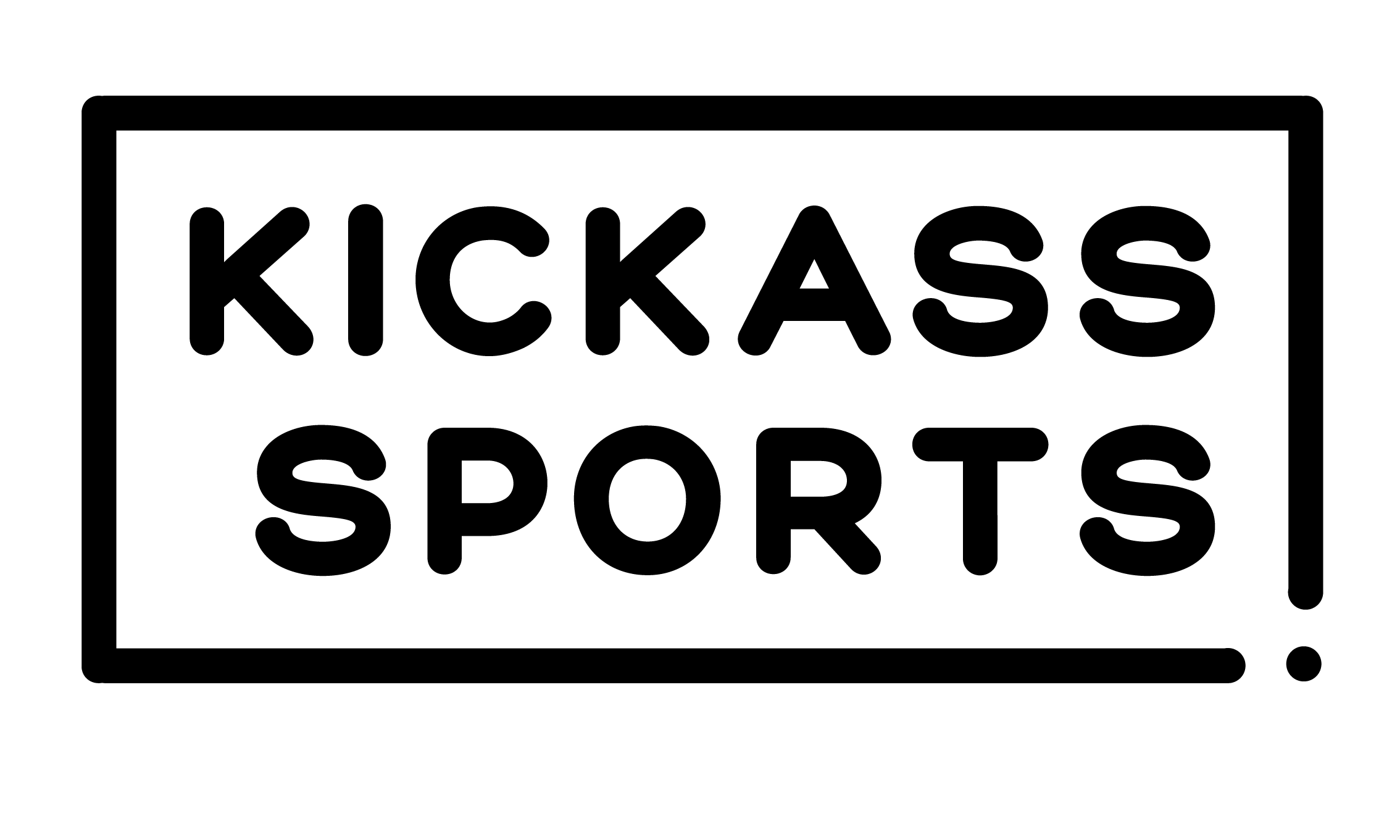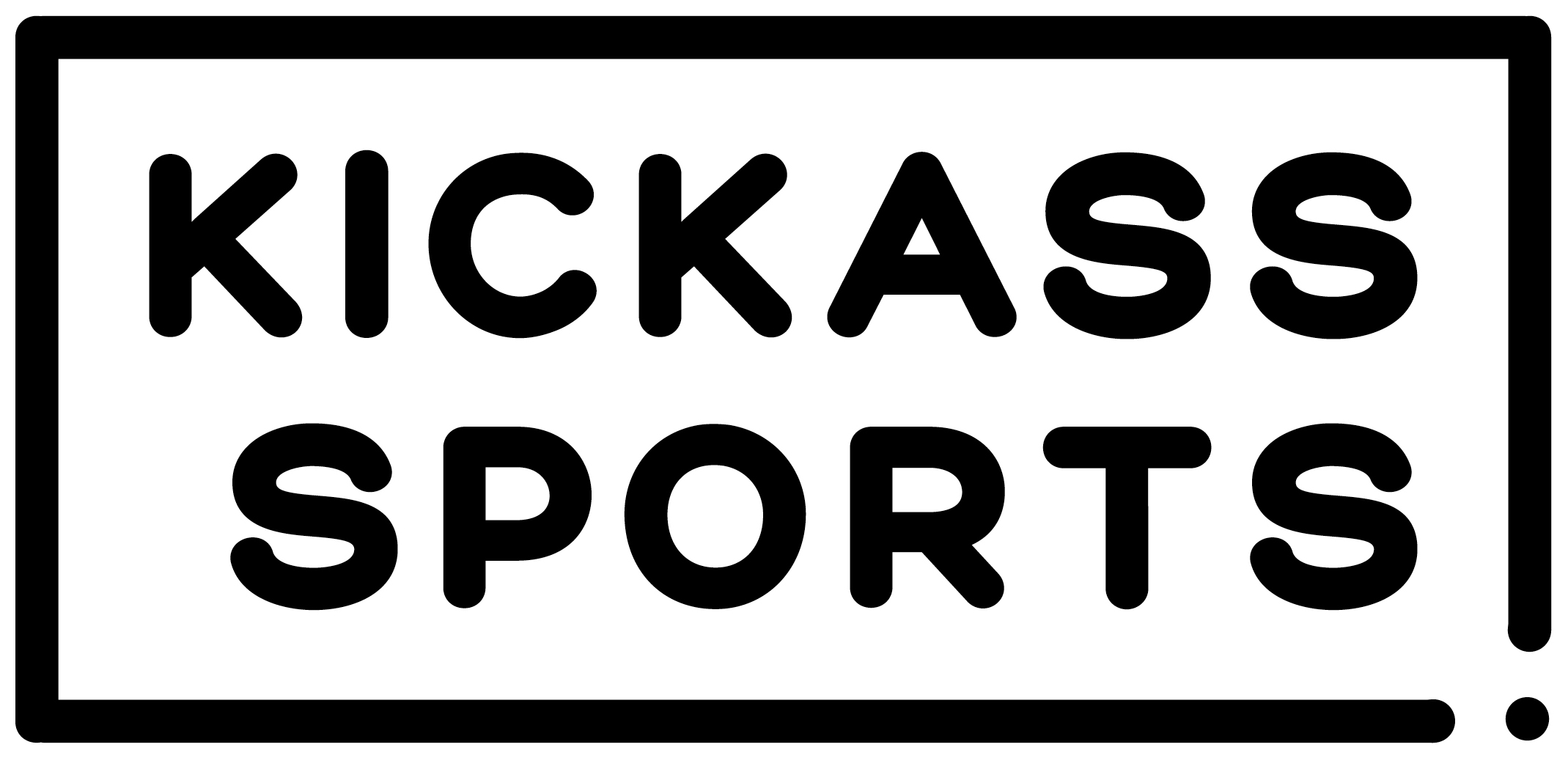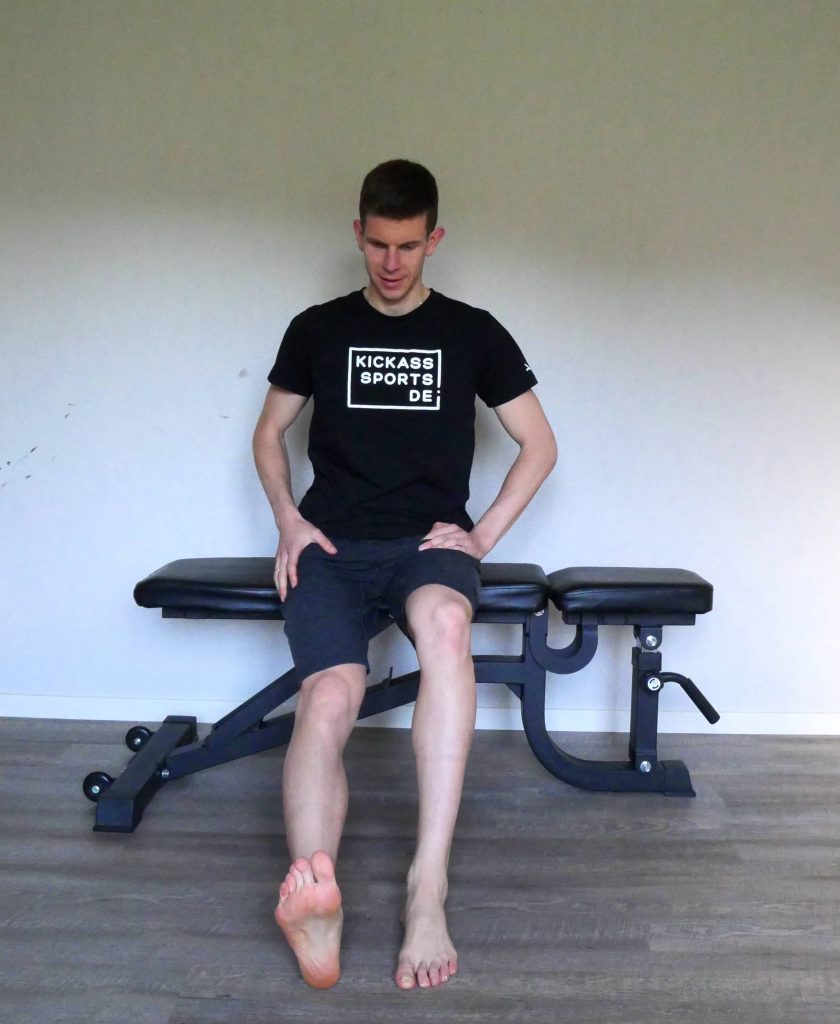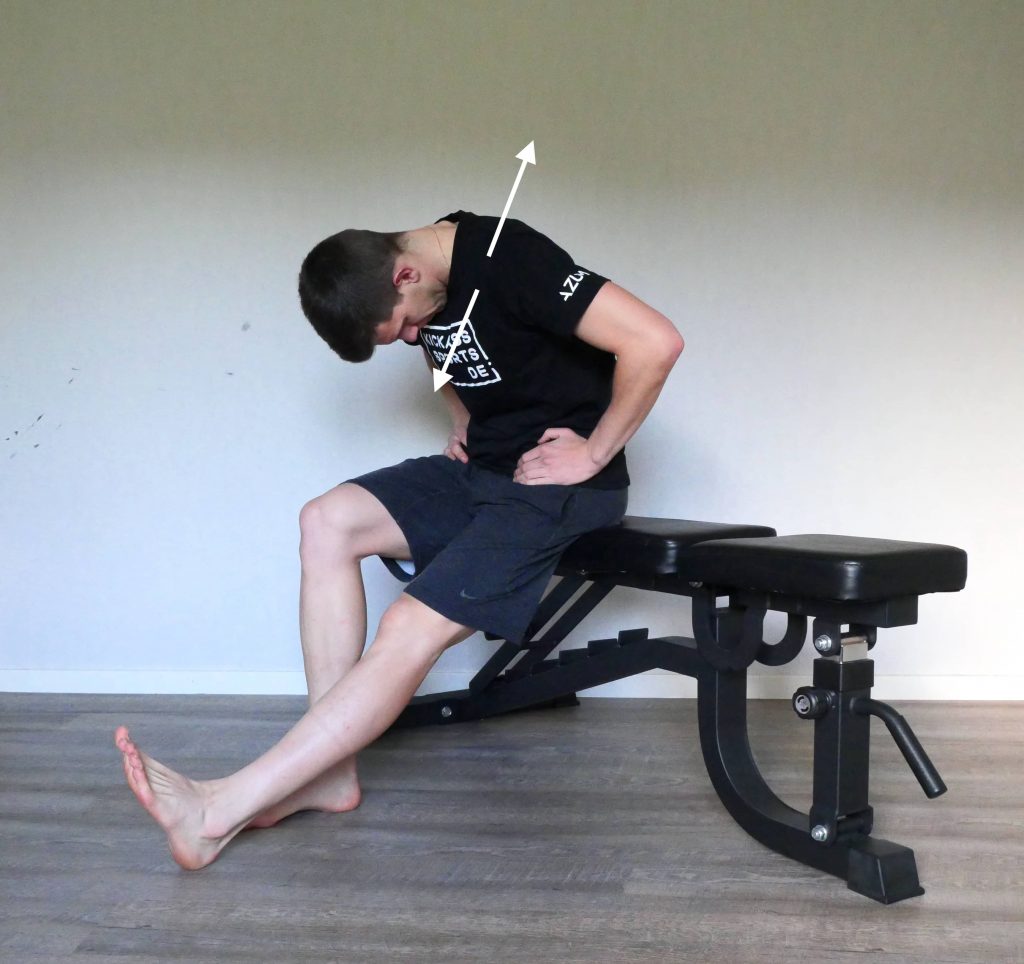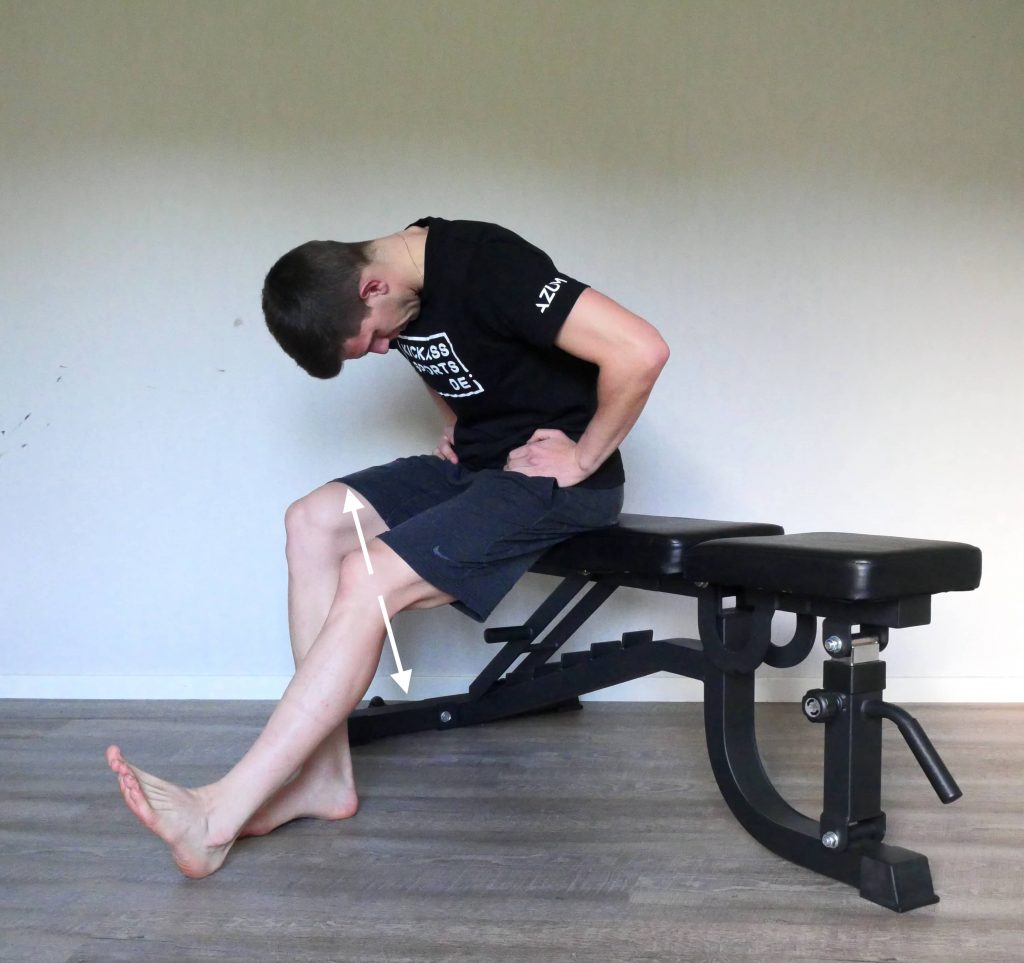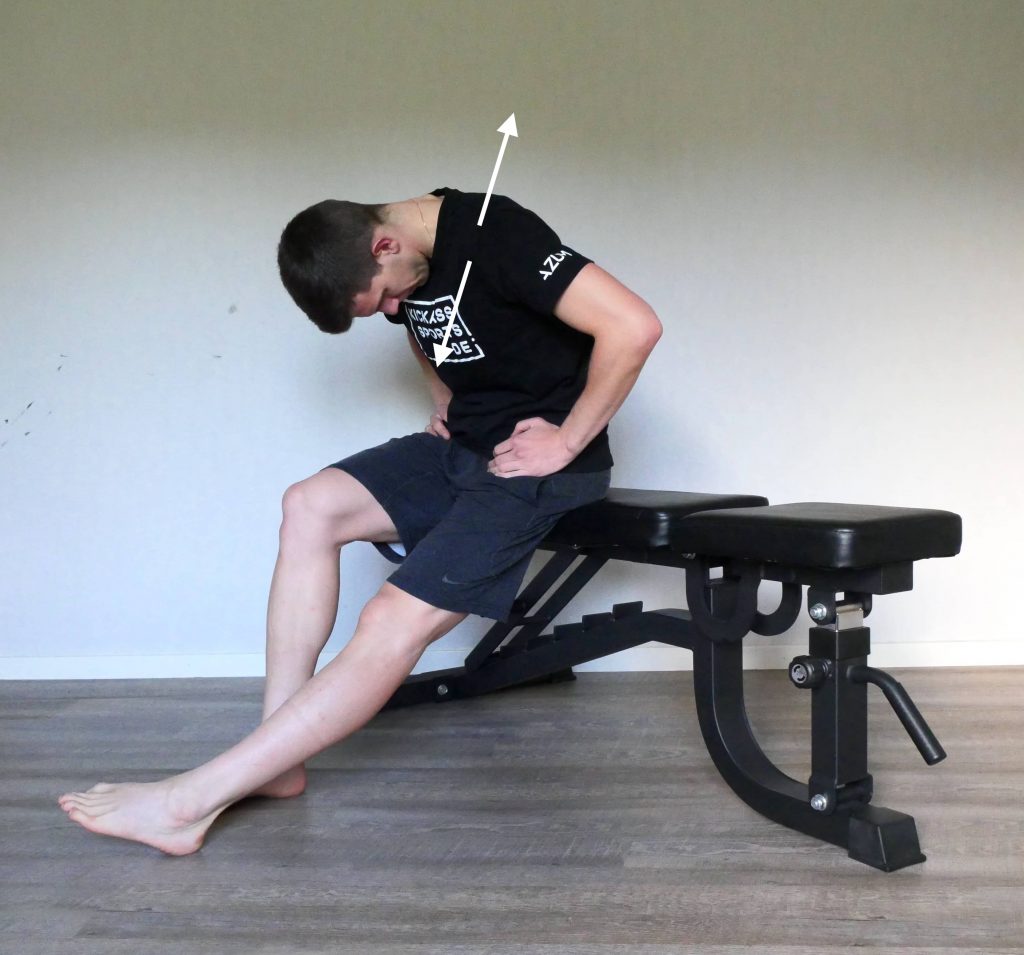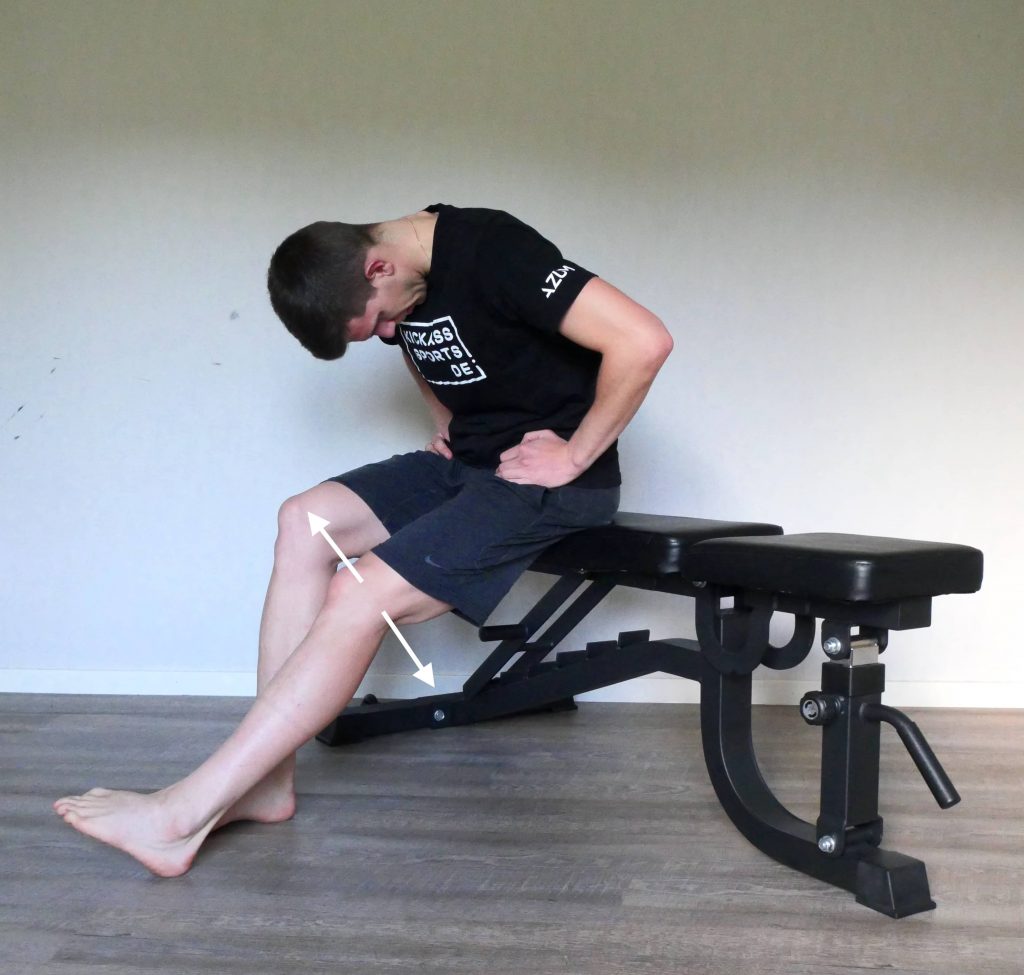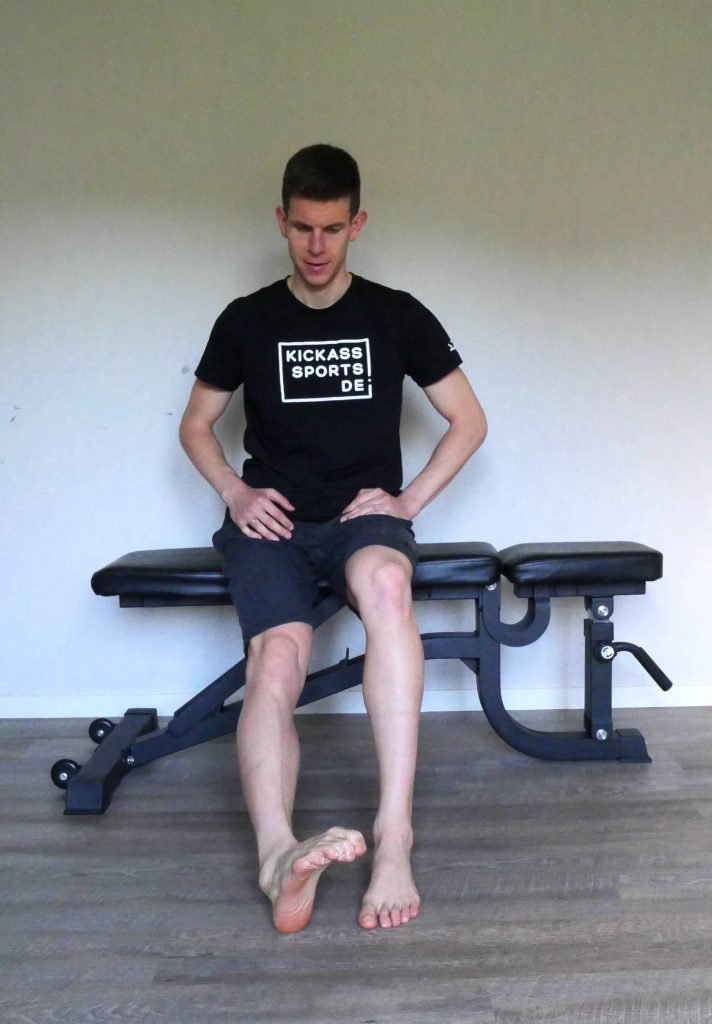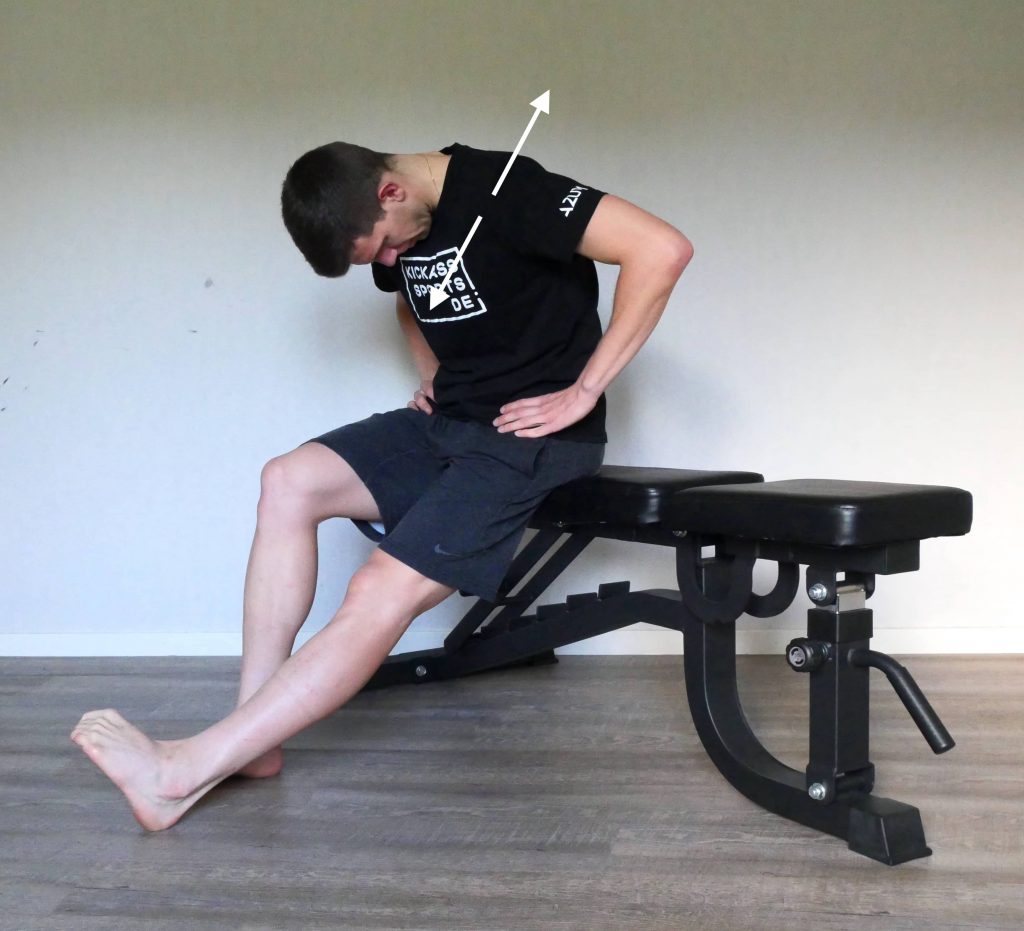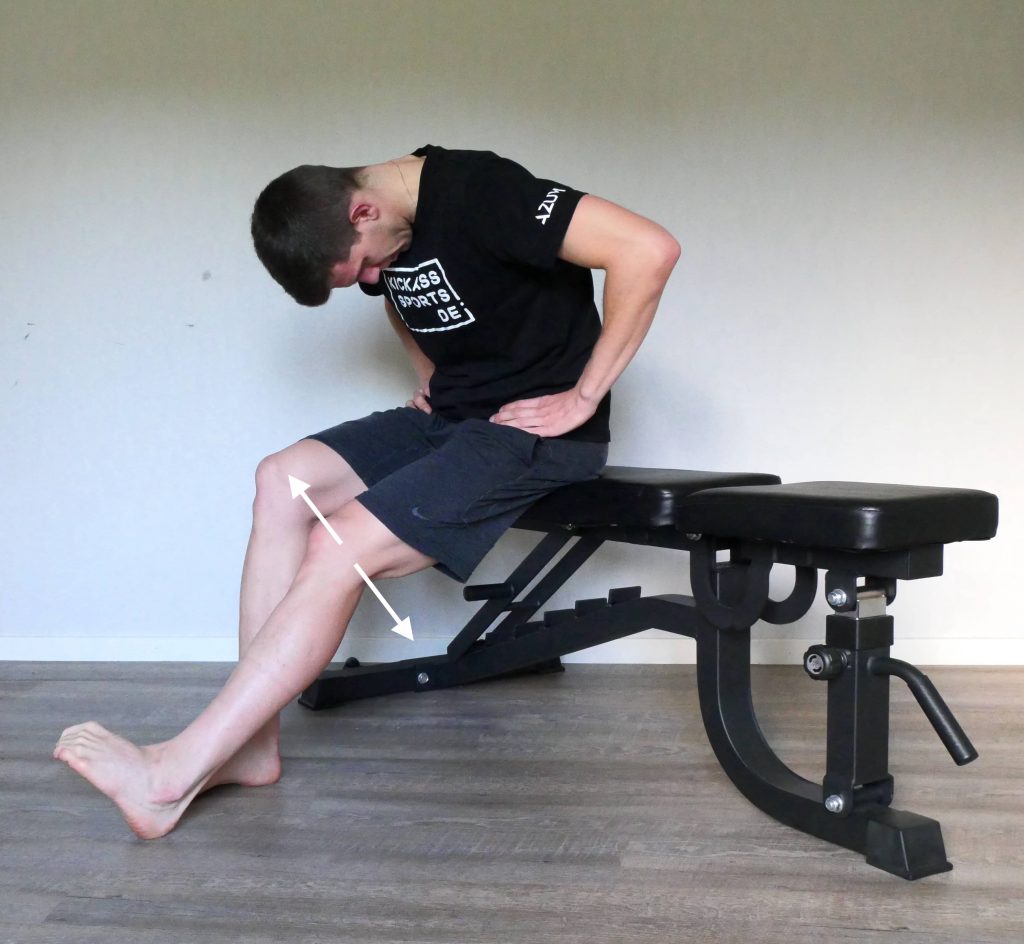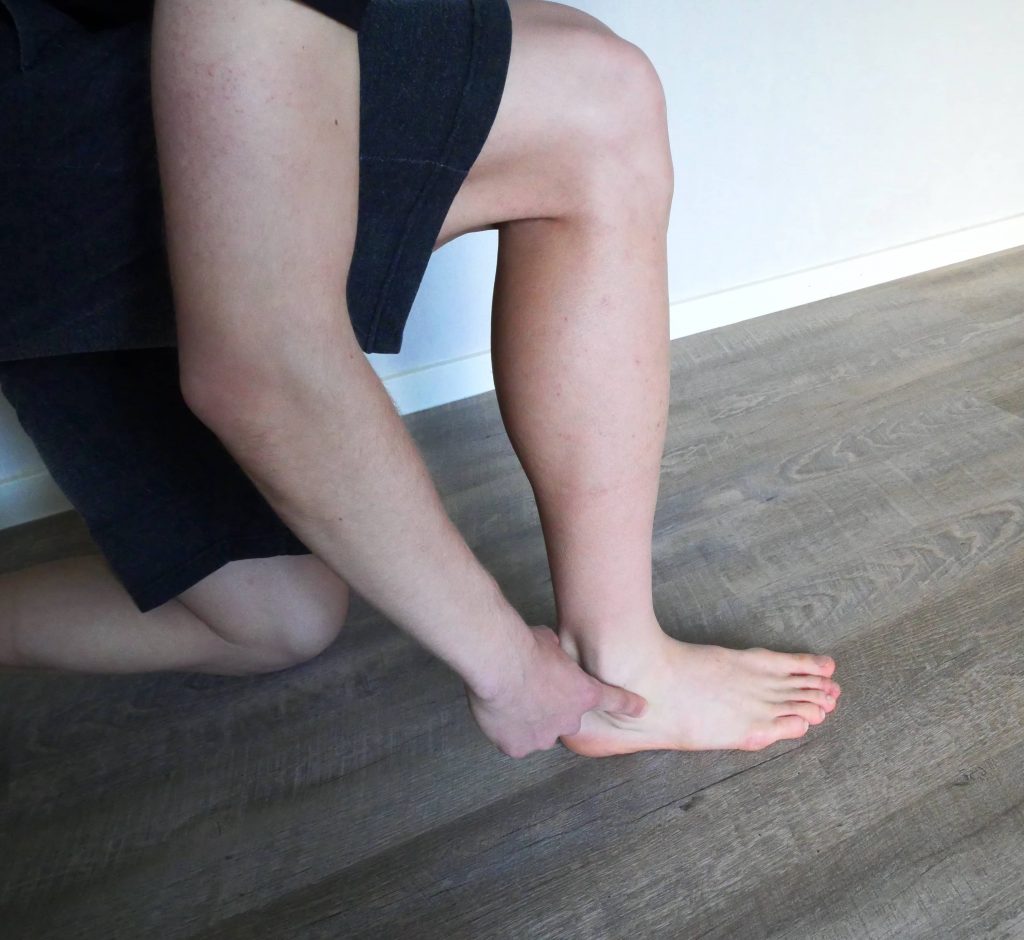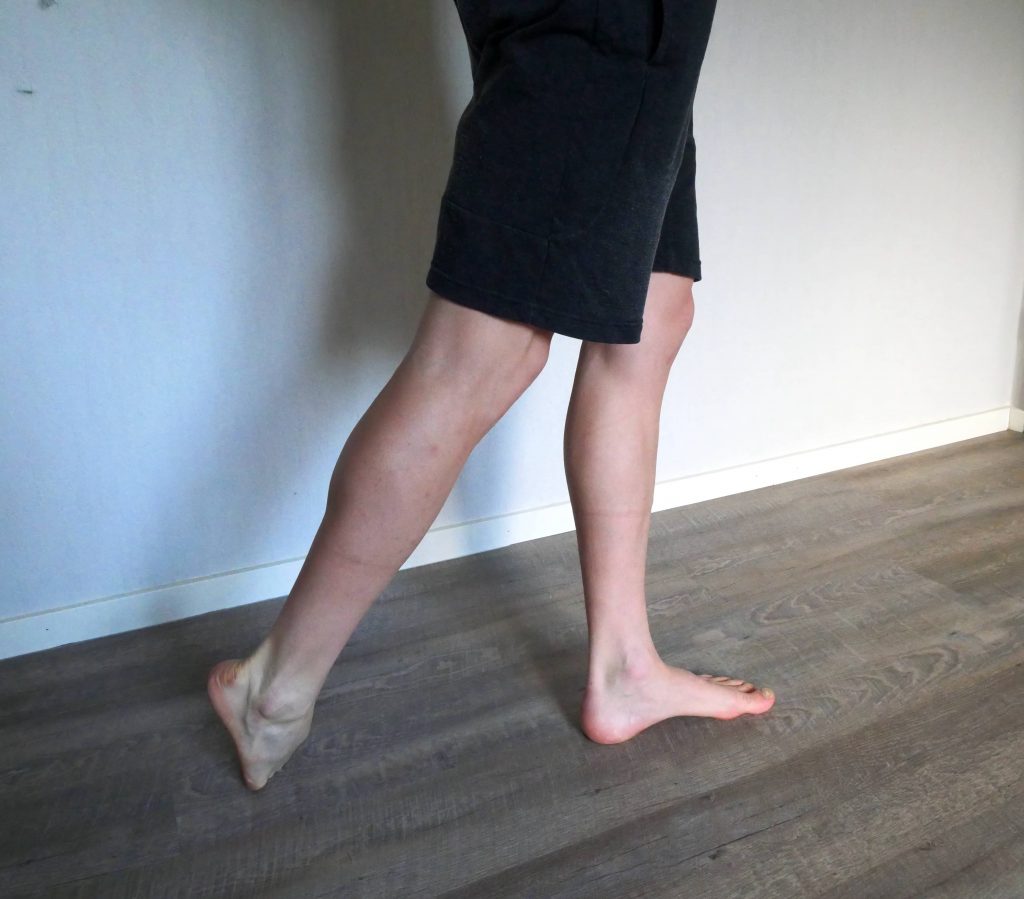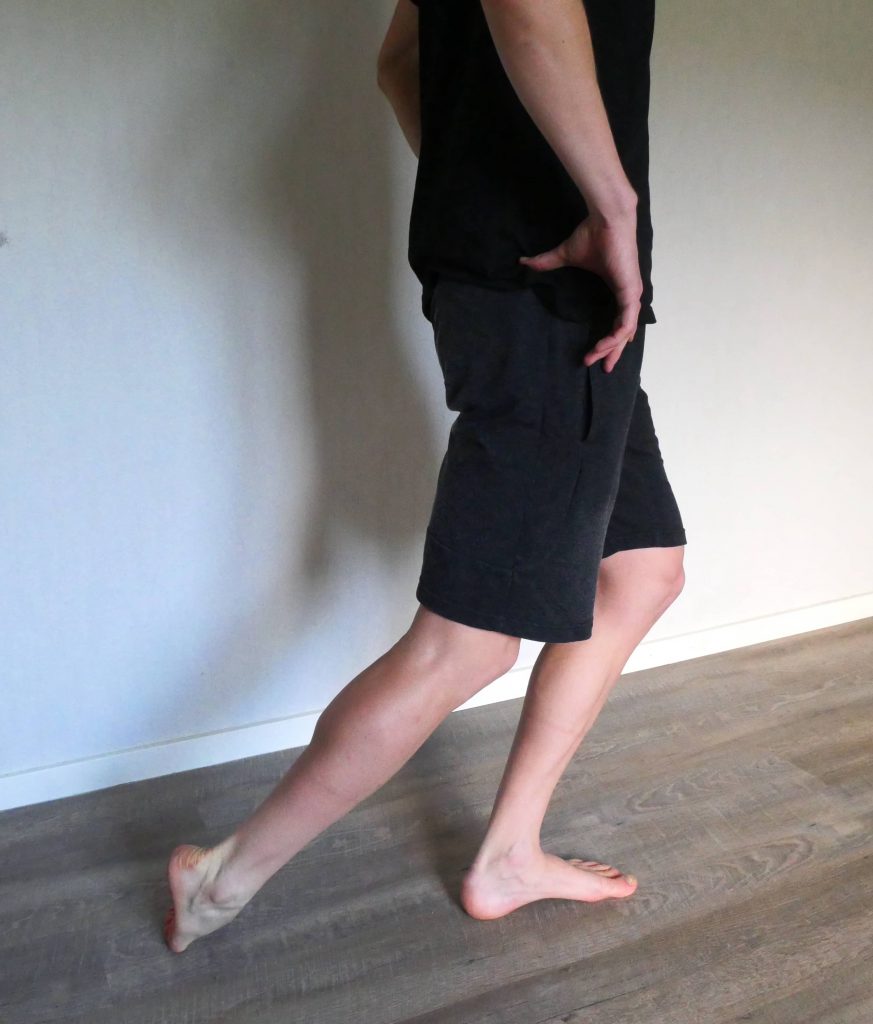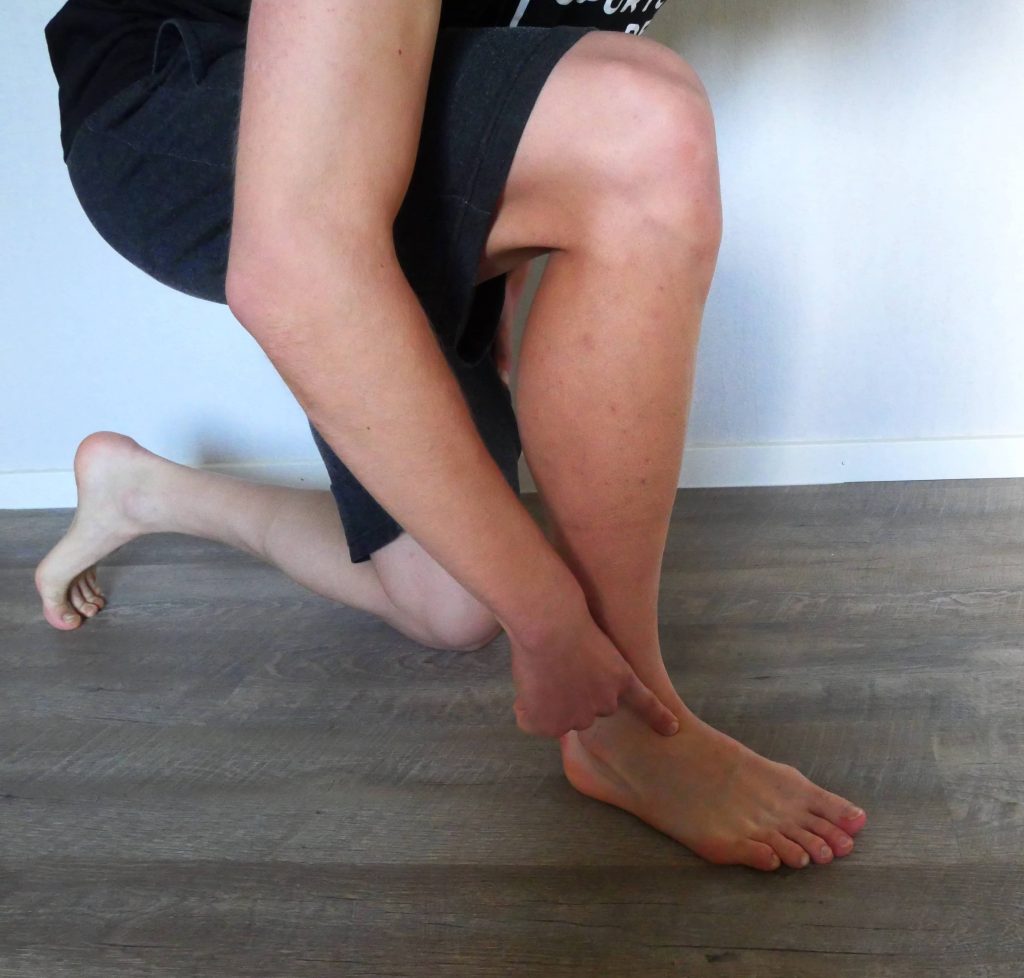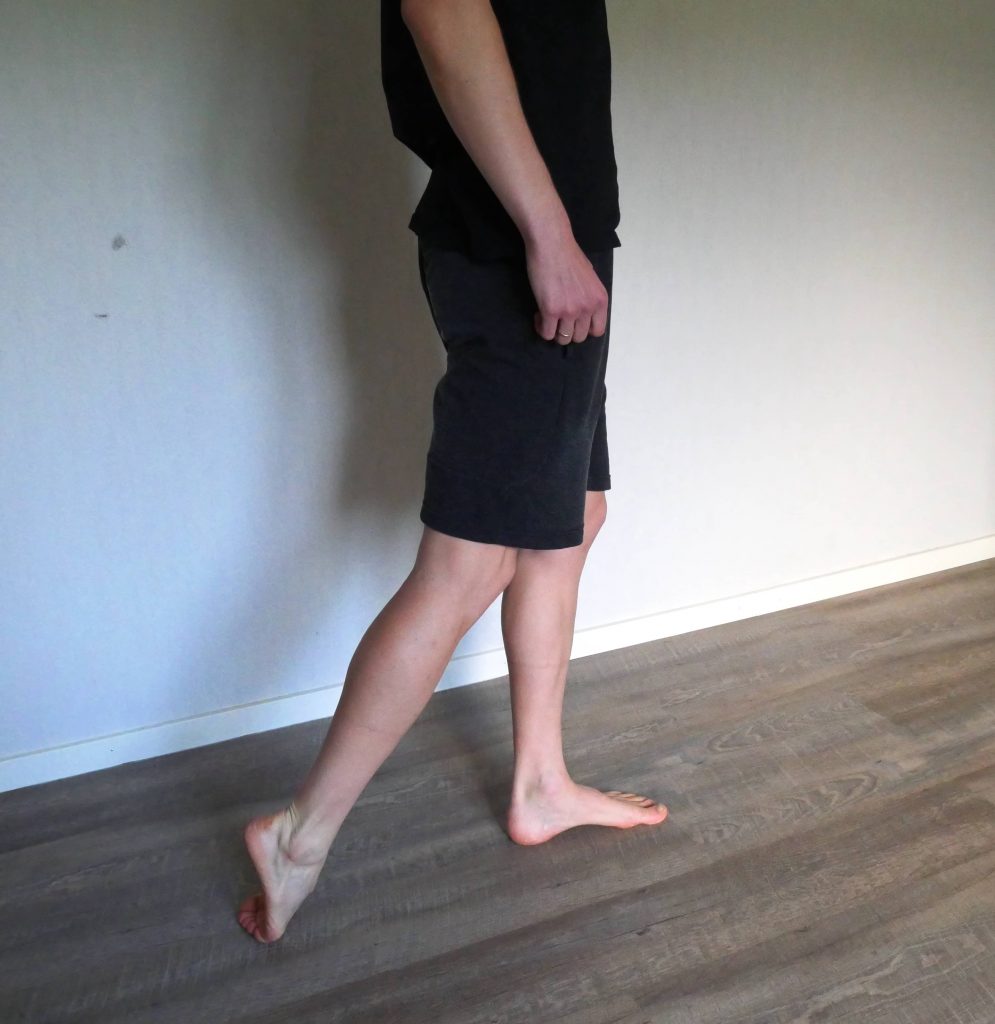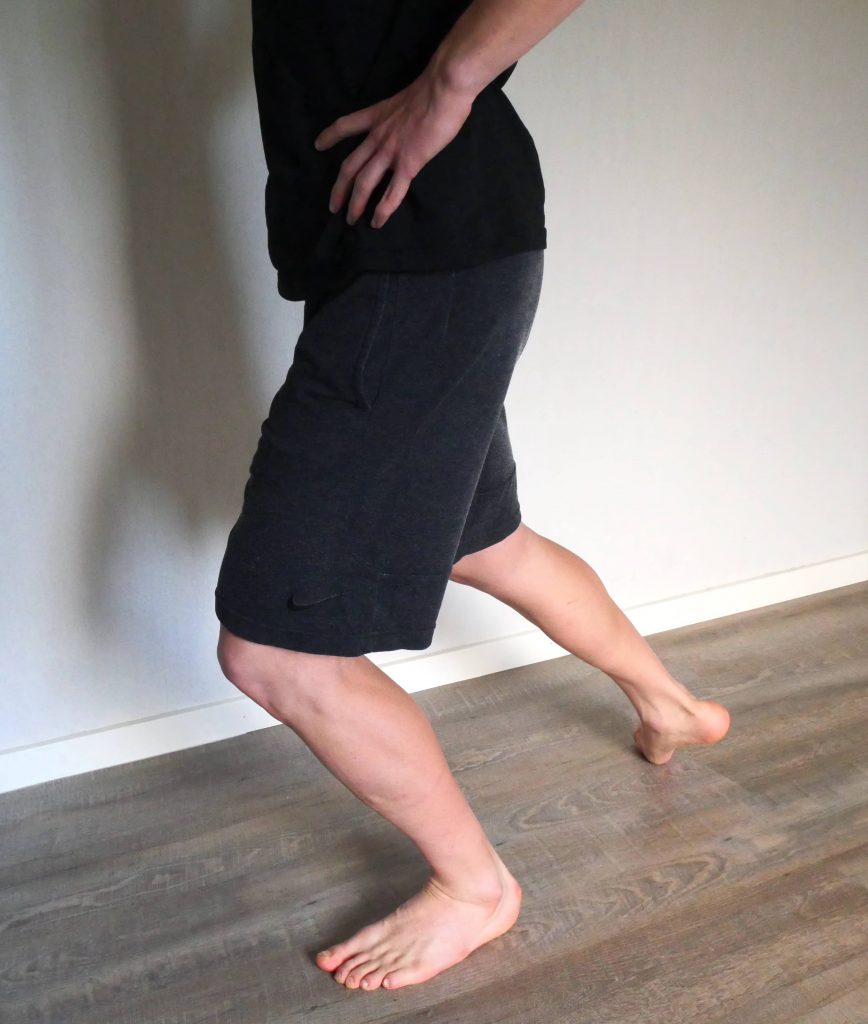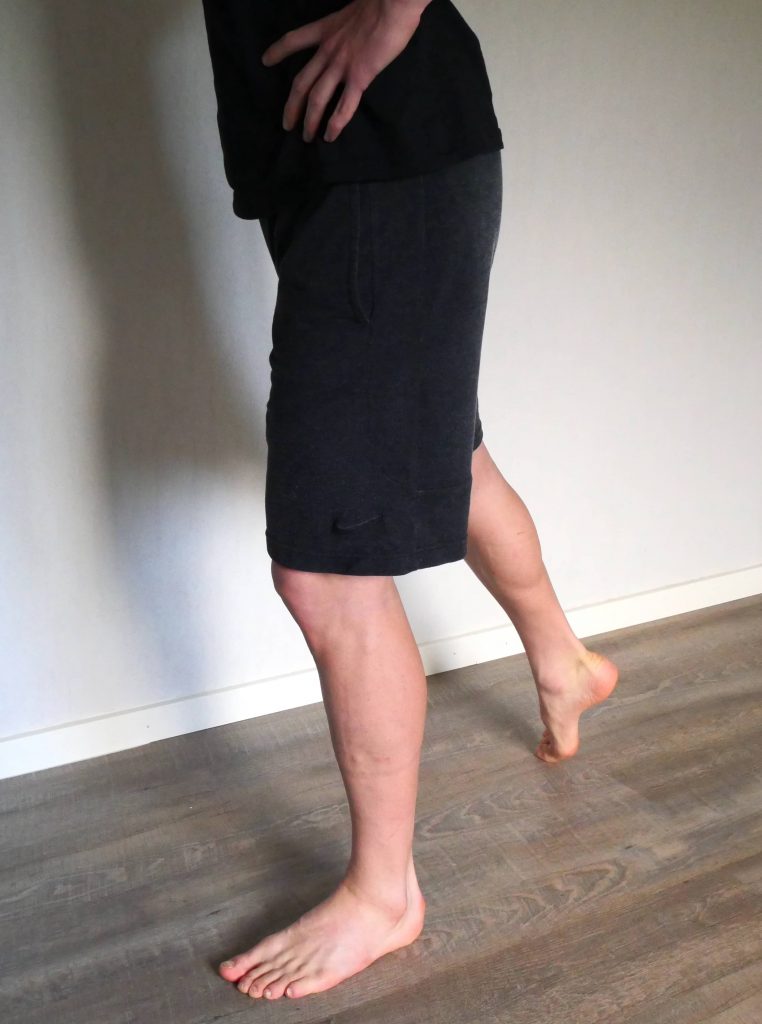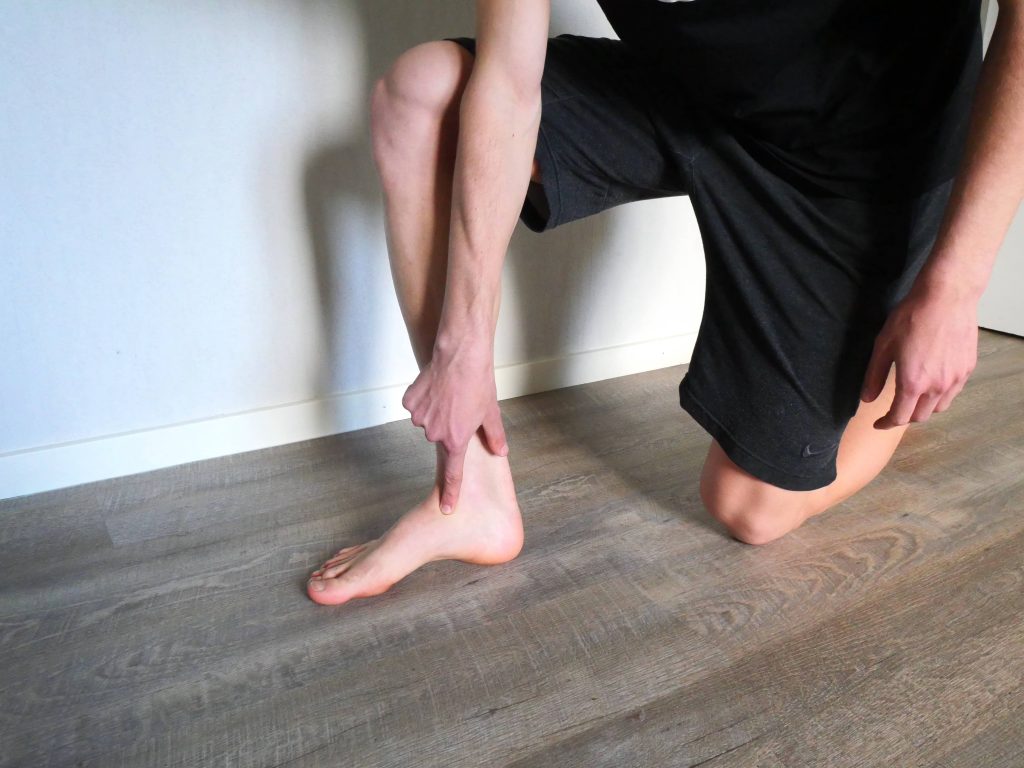Kickass Science
Neuroathletic Training – Part 2
Florian Heck • 05. June 2021 • 8 Min.
After covering the basics and the visual system in our first blog post on neuroathletic training, the second part looks at the two other movement-controlling systems: the balance system and the proprioceptive system.
The equilibrium system
The equilibrium system is responsible for orientation in space, it shows us where up and down is, where and in which direction we are moving in space and it coordinates and stabilizes our body at rest and when we are moving. In addition, it is closely linked to the visual system in order to stabilize the gaze while moving.
Our actual balance organ is located in the bony area of the inner ear. This measures head and body accelerations and sends this information to the brain, where it is analyzed and interpreted. Turning and rotating movements of the head are measured through the semicircular canals and straight-line accelerations through the macular organs. Instead of training your “balance” on wobbly boards or pillows, it makes more sense to target all directions of movement by moving your head.
The organs of equilibrium work mainly in the same direction. The right balance system therefore influences the right side of the body and vice versa. If there are functional deficits in the equilibrium system on one side, this usually leads to asymmetries and imbalances, both on the structural and on the motor level, which are shown by coordination or muscle tension problems. A well-trained balance system is therefore essential.
Head turns and activation of the associated balance channels
| Head movement | Associated balance channel |
| rotation to the right | right horizontal channel |
| movement to the right up | right rear channel |
| movement down to the left | right front channel |
| rotation to the left | left horizontal channel |
| movement to the left up | left rear channel |
| movement down to the right | left front channel |
Quelle: Lienhard, L. (2019). Training beginnt im Gehirn. riva: München.
Exercises
1. Head and neck movements with gaze stabilization
Execution:
- Neutral stand, fix in the middle of the star diagram, which is approx. 20-30 cm away
- Rotate head quickly but in a controlled manner to the right along the line and slowly back again, gaze remains in the center of the diagram; Repeat 4-8 times
- Same execution to the left, as well as diagonally top right / top left / bottom right / bottom left
- Movement speed can be increased over time
2. Cancellation of the vestibulo-ocular reflex (VOR-C)
The aim of this exercise is to be able to follow an object through synchronous head and eye movements
Execution:
- Hold a neutral stand, vision stick or ballpoint pen with an outstretched arm at eye level in front of your nose
- Rotate arm and head synchronously 3 to 5 times from left to right and back again, nose and thumb always form an imaginary line
- Note: Movement to the right = stick in right hand; Movement to the left = stick in left hand
- Same movement from bottom to top and diagonally: stick in left hand = Movement from bottom right to top left; Stick in right hand = Movement from bottom left to top right
The proprioceptive system
The proprioceptive system can also be referred to as the movement system, as it perceives, controls and regulates our movement via the brain. This happens through receptors that send sensations of pressure, tension, stretch or joint position. The greatest number of mechanoreceptors are in our joints. This creates an exact three-dimensional image of one’s own movement, which is constantly updated. At the same time, there is a permanent comparison with the information from the visual and vestibular system.
During training, the focus is on improving the input of those receptors that provide information on joint position, movement and muscle tension. Because if a joint reports too little or inaccurate information, performance is immediately reduced, which translates into less strength, precision and / or mobility, for example. Neuro-Mobility Training specifically addresses these receptors in order to be able to control movement over the entire range and at any speed.
Exercises
1) Nerve Stretches
With the help of peripheral nerves, information is sent in both directions between the body and the brain. Sitting for long periods, poor technique or mechanical stimuli can lead to the tissue quality of the nerves deteriorating, which can lead to deficits in control, coordination or strength. Targeted stretching can improve the quality again. A slight to medium stretching tension is completely sufficient to mobilize the nerve tissue.
Tibial nerve:
- Stabilizes the foot and improves its ability to stretch.
Execution:
- Sit on the edge of the chair, right leg is straight and left leg loosely positioned, put right leg inwards towards the middle of the body, pull the outer edge of the right foot outwards and pull the toes towards the shin
- Stretch 1: Carefully roll your chin and spine forward and gently rock your upper body in and out of the stretch in a slow and controlled manner; Duration: 10-20 seconds
- Stretch 2: hold the upper body in the stretched position and bend and straighten the knees rhythmically; Duration: 10-20 seconds
Peroneal nerve
- More stability in the ankle when pulling the foot towards the shin
Execution:
- Sit on the edge of the chair, right leg is straight and left leg loosely positioned, put right leg inwards towards the middle of the body, stretch right foot and toes towards the floor and turn inwards
- Stretch 1: Carefully roll your chin and spine forward and gently rock your upper body in and out of the stretch in a slow and controlled manner; Duration: 10-20 seconds
- Stretch 2: hold the upper body in the stretched position and bend and straighten the knees rhythmically; Duration: 10-20 seconds
Sural nerve
- Can help with irritated or inflamed Achilles tendons.
Execution:
- Sit on the edge of the chair, right leg is straight and left leg loosely positioned, put right leg inwards towards the center of the body, curl the toes of the right foot slightly, pull the foot towards the shin and lift the inner edge of the foot
- Stretch 1: Carefully roll your chin and spine forward and gently rock your upper body in and out of the stretch in a slow and controlled manner; Duration: 10-20 seconds
- Stretch 2: Hold the upper body in the stretched position and bend and straighten the knees rhythmically; Duration: 10-20 seconds
2. Sensory stimulation
Sensory stimulation by rubbing, vibrating or knocking on the target joint to be trained activates areas of the brain that are involved in the transmission and processing of information. The structures are thereby prepared neural, which facilitates the control. A small brush is great for this.
3. Ankle mobilization
Our feet are stressed when standing, walking and running. The tarsal joints in particular play a decisive role in the transmission of force to the ground and provide information to the brain. In addition, some muscular sling systems end in this area. A lack of ankle mobility can lead to deficits in these muscle chains and affect foot stability. The following exercises are therefore particularly suitable immediately before a running unit, but can also be integrated into everyday life on a daily basis.
Outside toe pull
- Mobilization of the cuboid bone, which is an extension of the little toe in the direction of the ankle. Positive effects on the strength and functionality of the hip abductors.
Execution:
- Stimulate target joint (cuboid bone) for 5-10 seconds (see above)
- Neutral stance, shift weight to the left leg, place the right foot on the instep behind the body, let the heel fall slightly outwards; Tip: Possibly place your foot on a slightly raised, soft surface (pillow, balance pad, etc.)
- Slowly open the joint 3 to 5 times by slightly bending the left standing leg and shifting the body’s center of gravity forwards, the right leg only functions as a lever and is not actively moved
- Hold on to have more stability
Middle toe pull
- Mobilization of the articular surface between the middle sphenoid bone and the scaphoid bone. The middle sphenoid bone is an extension of the 2nd toe approx. 2 cm below the ankle joint. Positive effects on the strength and functionality of the leg extension and hip flexion muscles.
Execution:
- Stimulate target joint (middle sphenoid bone) for 5-10 seconds (see above)
- Neutral stance, shift weight to the left leg, place the right foot on the instep behind the body, the ankle should not tilt outwards; Tip: Possibly place your foot on a slightly raised, soft surface (pillow, balance pad, etc.)
- Slowly open the joint 3 to 5 times by slightly bending the left standing leg and shifting the body’s center of gravity forwards, the right leg only functions as a lever and is not actively moved
- Hold on to have more stability
Inside Toe Pull
Mobilization of the articular surface between the middle navicular bone and ankle bone. The navicular bone is an extension of the big toe in the direction of the ankle. Positive effects on the strength and functionality of the hip flexor and adductor muscles.
Execution:
- Stimulate the target joint (navicular bone) for 5-10 seconds (see above)
- Neutral stance, shift weight to the left leg, place right foot on the back of the big toe slightly to the side behind the body; Tip: Possibly place your foot on a slightly raised, soft surface (pillow, balance pad, etc.) or put on your shoe to protect the big toe
- Slowly open the joint 3 to 5 times by slightly bending the left standing leg and shifting the body’s center of gravity forwards, the right leg only functions as a lever and is not actively moved; If knee problems occur during the exercise, the right knee can be bent slightly.
- Hold on to have more stability
Literatur
Lienhard, L. (2019). Training beginnt im Gehirn. riva: München.
Schmid-Fetzer, U. / Lienhard, L. (2018). Neuroathletiktraining – Grundlagen und Praxis des neurozentrierten Trainings. Pflaum Verlag: München.
Schmid-Fetzer, U. / Lienhard, L. (2020). Neuronale Heilung. riva: München.
